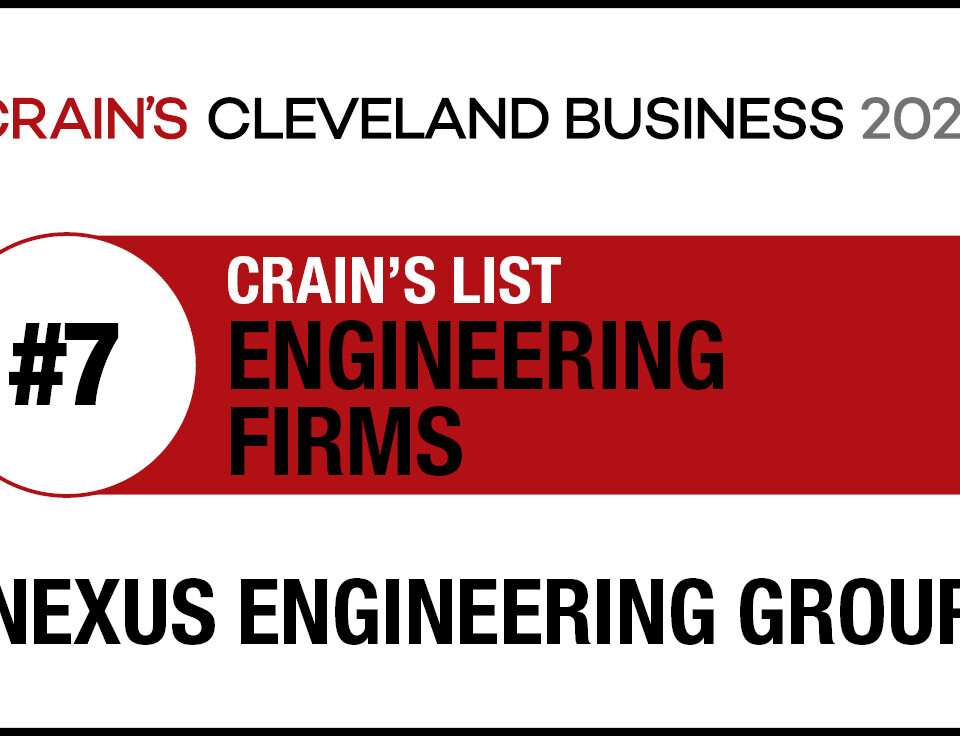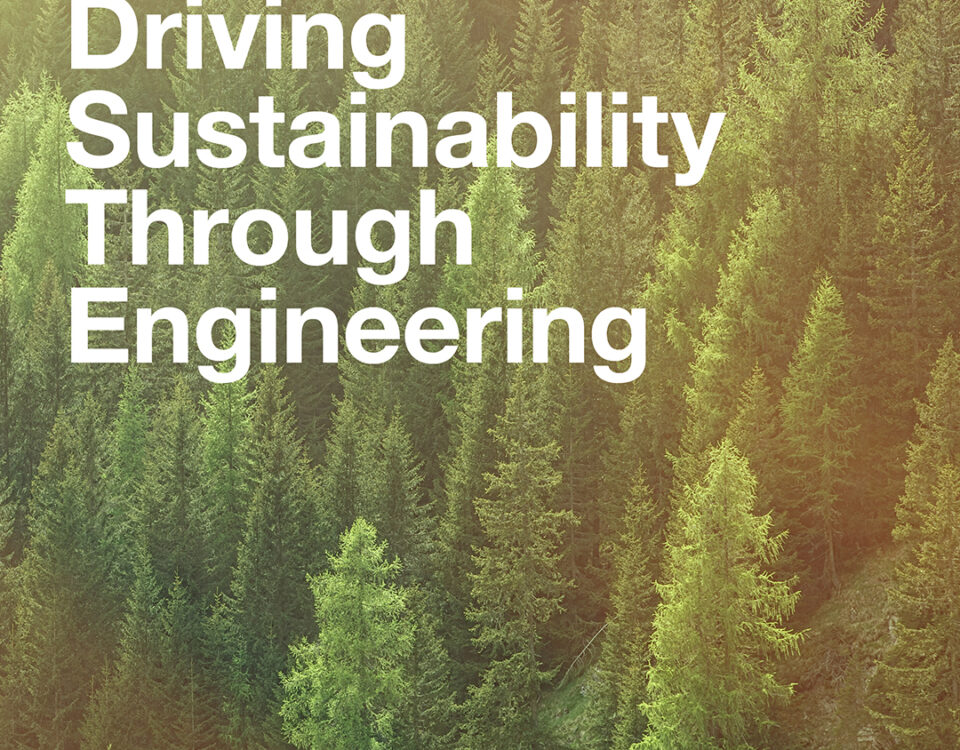By Don Huller, Chief Engineer at Nexus Engineering Group
 Advances in digital technology have made the world more accessible than ever before, and, with it, the ability to learn everything there is to know about an organization or brand. This has empowered consumers to be more deliberate with every purchase and with which organizations they support. Consumers appreciate and reward corporate transparency and engagement and are vocal about companies they question.
Advances in digital technology have made the world more accessible than ever before, and, with it, the ability to learn everything there is to know about an organization or brand. This has empowered consumers to be more deliberate with every purchase and with which organizations they support. Consumers appreciate and reward corporate transparency and engagement and are vocal about companies they question.
Until recently, these consumers were concerned about “newer, faster, more complex technology options,” according to Forrester, but 2020 marked a turning point. Now consumers are “hyperaware” of environmental issues and seek out companies with tangible and transparent sustainability efforts. They care more about where their products come from.
On the outset, this reads more like a challenge for consumer-facing organizations like Starbucks and Target, whose marketing and branding have long promoted sustainable products. But eco-friendly expectations reach all along the supply chain. Today more B2B businesses are choosing partners and suppliers similarly engaged in sustainability efforts, and consumer brands are even more selective than before with regard to raw materials and ingredient sourcing, creating a circular economy that boosts all players.
For chemical companies that have yet to adopt a sustainable solutions program in some form, the pressure to do so quickly can be a bit overwhelming – and could lead to expensive missteps.
A measured approach to sustainability
While public perception of the chemicals industry – big, conservative and slow to move – acts as a great motivator for the chemical sector to enhance sustainability efforts, many people are surprised to find that the industry has been steeped in eco-friendly changes since the 1990s.
Green chemistry, or, as the Environmental Protection Agency (EPA) defines it, the design of sustainable chemical production, products and processes that reduce or eliminate the use or generation of hazardous substances that may impact environmental and human health, has its roots in the Pollution Prevention Act of 1990. Sustainability is at the heart of this practice, and it has had decades to grow and mature.
Practitioners understand that careful and thoughtful analysis, rooted in achieving both a sustainable future and return on investment, is the best way to achieve sustainability goals. Nexus engineers take this measured approach when working with chemical industry clients. A thorough analysis of business processes and technology platforms often reveals simple steps companies can take to reach sustainability goals.
For example, often, a chemical company will decide to replace an antiquated and inefficient oil boiler system with a new boiler without weighing the pros and cons. While the new boiler installation likely provides thermal heat more efficiently, analysis may have determined that a better option would be replacement of the boiler system with a cogeneration or combined head and power (CHP) solution.
Instead of purchasing electricity from the grid and burning fuel in a boiler to produce thermal energy, with a CHP system, your facility generates both electric power and useful thermal energy from a single fuel source. It is a clean energy solution that addresses various sustainability priorities, according to the Department of Energy, including:
- Reducing energy operating costs
- Increasing energy efficiency
- Reducing greenhouse gas emissions
- Enhancing both the United States’ energy infrastructure and economy
This is the measured approach to sustainable chemistry. Careful review of current processes to determine new best practices and technology options without sacrificing ROI or challenging the organization with an unnecessarily complex solution.
Remember: Safety first
The measured approach also encourages chemical organizations to balance safety with sustainability. Understanding risk is an intrinsic component of delivering a safe design. It’s why Nexus puts safety front and center whenever we engage with a client or project, regardless of industry. We help clients find solutions that could eliminate risk through safer design practices, or even designing new and modifying existing safety systems to achieve acceptable risk levels.
And safety has everything to do with sustainability. Weaving health and safety metrics into your sustainability plan can help reduce illness and injury, boost employee satisfaction, decrease costs associate with training and recruitment and maybe even increase productivity.
“Organizations cannot be sustainable without protecting the safety, health, and welfare of their most vital resource: workers,” the U.S. Department of Labor reminds us. “Sustainability is not just about what is done, but how it gets done.”
How Nexus can Help
Nexus’s experienced chemical and process engineers understand your business objectives and partner with our Energy team to bring new, safe, cost-effective options to the table, and to market.




